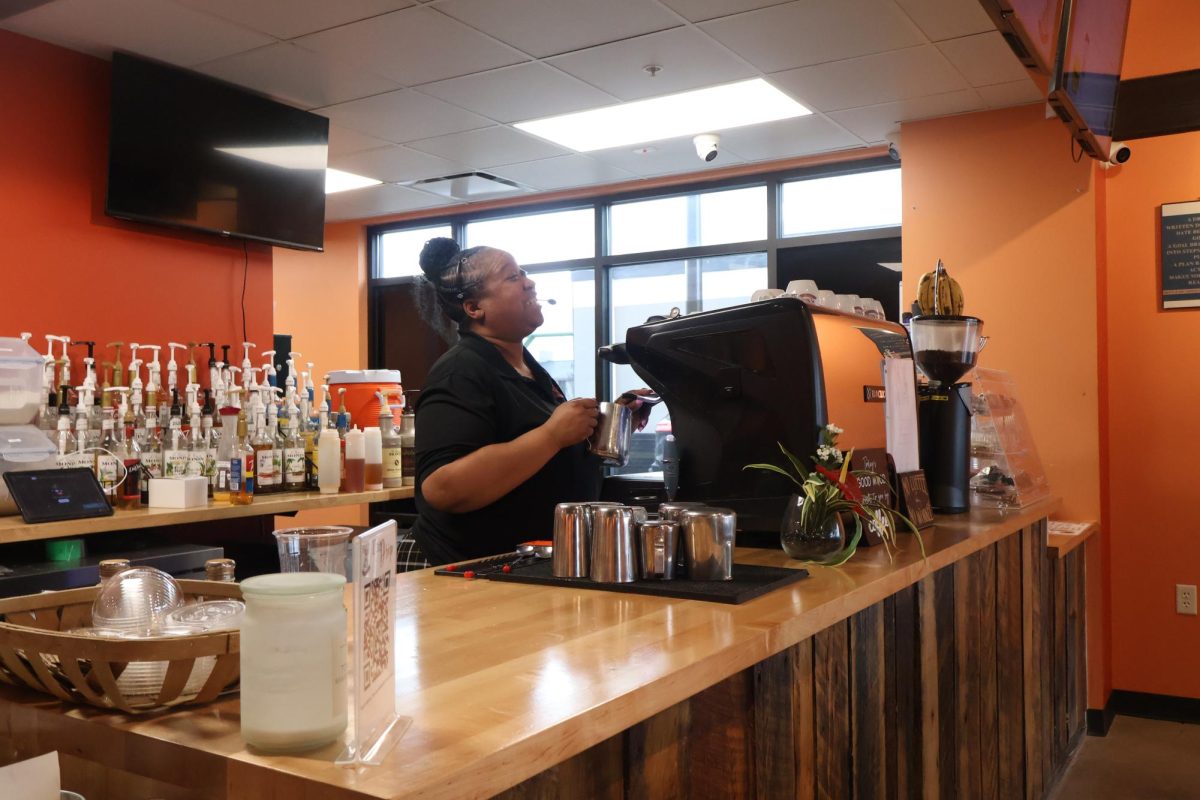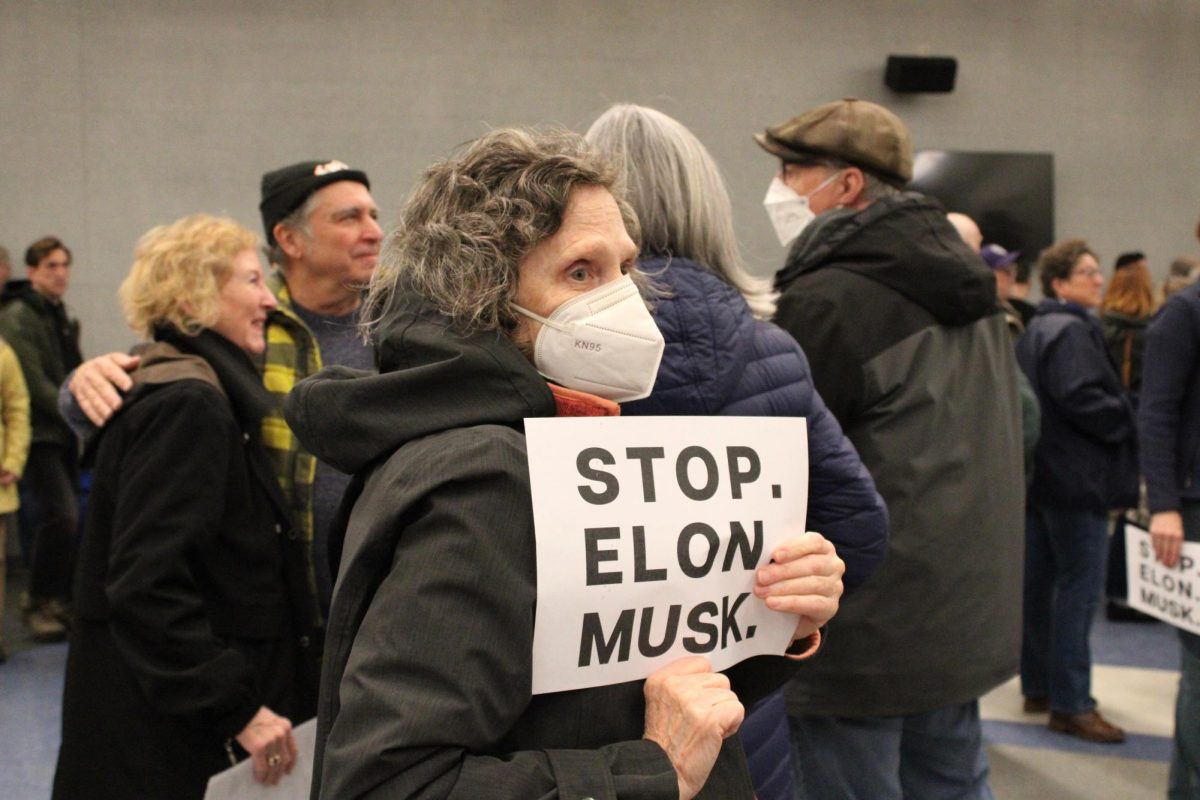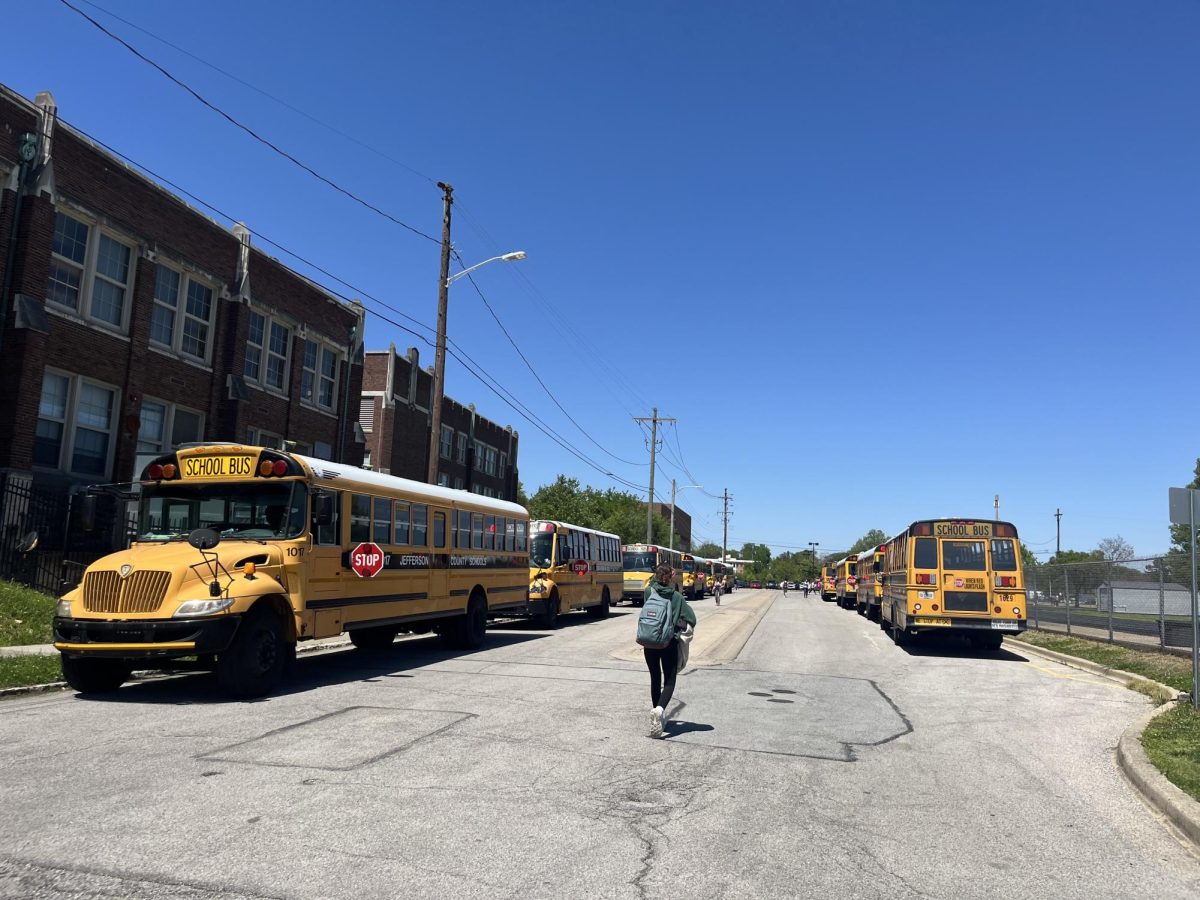On Monday, Aug. 21, a total solar eclipse passed over the United States with the path of totality cutting through parts of southern Kentucky. This event was the first U.S. coast-to-coast total solar eclipse in almost a century.
A total solar eclipse occurs when a new moon moves between the sun and Earth; this celestial event blocks the sun’s rays, casting a shadow on parts of the Earth.
Louisville experienced 96 percent totality, requiring safety glasses to be worn to view it. The rays from the sun were so concentrated that proper eye equipment was necessary.
Manual students were fortunate to experience this event, and a few even traveled to view it.
Brayan Aviles (12, HSU) traveled two hours to Hopkinsville, Ky. the night before the eclipse, which was allegedly the best place in the US to view the eclipse with 100 percent totality.
“When we got there, the town was semi-full and it had that ‘small town country feel,’” Aviles said. “The streets were full of cars the morning of the eclipse, but the camping site that we stayed at was where the sun was in full view.”

Bringing in people from all across the United States, the time of totality in Hopkinsville was one of the longest in the country: two minutes and 40 seconds.
“The people that were also at the camping site were from all over the state, and they came prepared, bringing telescopes and cameras with solar filters and everything,” Aviles said.
The eclipse left Aviles starstruck.
“Emotionally, I was thinking that [the eclipse] would be more dramatic, but when totality hit, I was amazed to see it there,” Aviles said, ”Although I expected for everything to turn completely pitch black, I thought it was still a marvelous view.”
Mihir Kale (11, MST) traveled to Clarksville, Tenn., another location on the path of totality, to get a better view of the eclipse than he could in Louisville.
“I went because I knew it was the closest I’d get to seeing an eclipse for a while, and I’d definitely go look at one again in my life,” Kale said.
Kale felt like the whole thing was surreal.
“I felt really small because stuff like this happens and you just really get a perspective about how big the earth is and how small Earth and you are,” Kale said. “It was the best thing I’ve ever seen in my life: the sky got super dark and purple. When you took off your glasses to look during totality, it surprised me because it was sunny a few seconds ago, and then you see the eclipse.”
Kale traveled to Tennessee because he knew he would not be able to see the corona. Still, many students stayed at school to view the eclipse.
Students had to get their parents to sign a JCPS permission slip in order to receive special glasses and view the solar eclipse from the football field.

Euan Dunn (10, J&C) was one of these students who had the privilege to watch the solar eclipse during school. Dunn said that the eclipse did not fulfill his expectations.
“I kept bringing it up, thinking that it was going to be this awesome thing. I thought that it was going to be pitch black, but I was so wrong because it didn’t really darken at all,” Dunn said. “I liked seeing the sun being covered, but I was disappointed.”
The event was one of a kind: there has not been a coast-to-coast eclipse of the sun in the United States since 1918.
The next viewable total solar eclipse in the US will occur on April 8, 2024.







